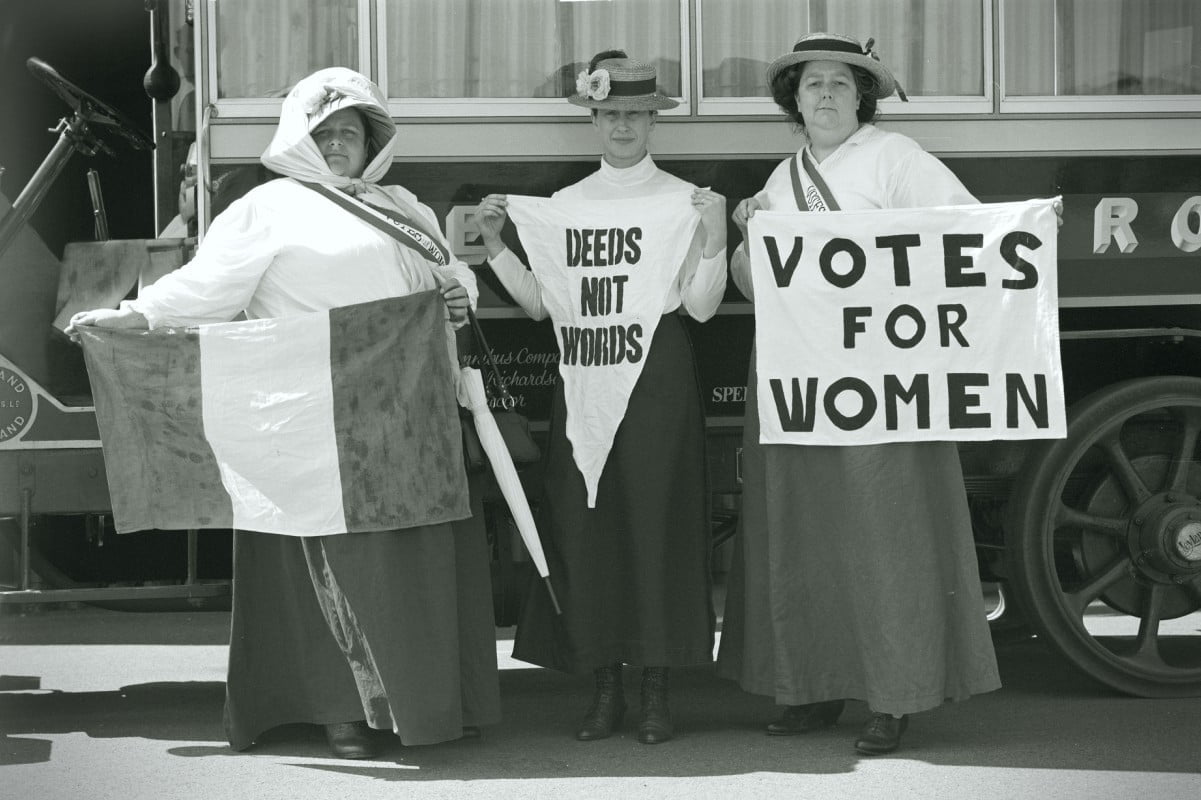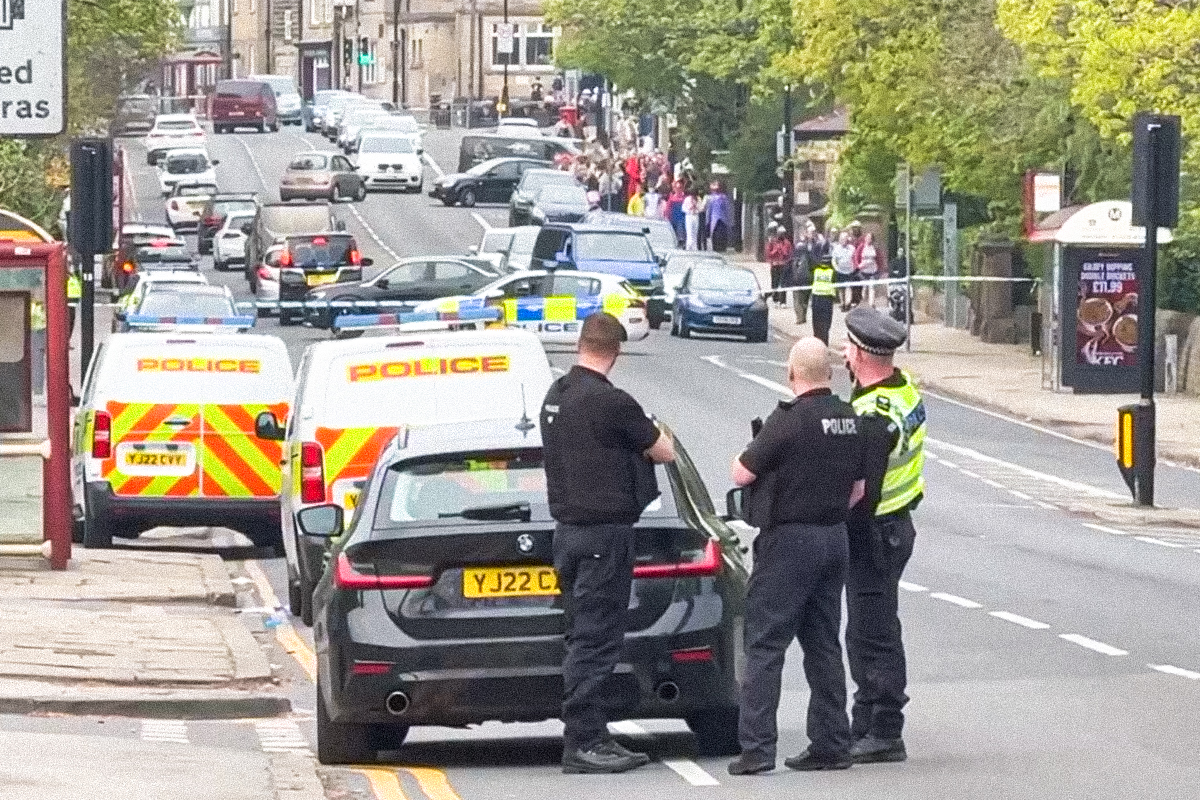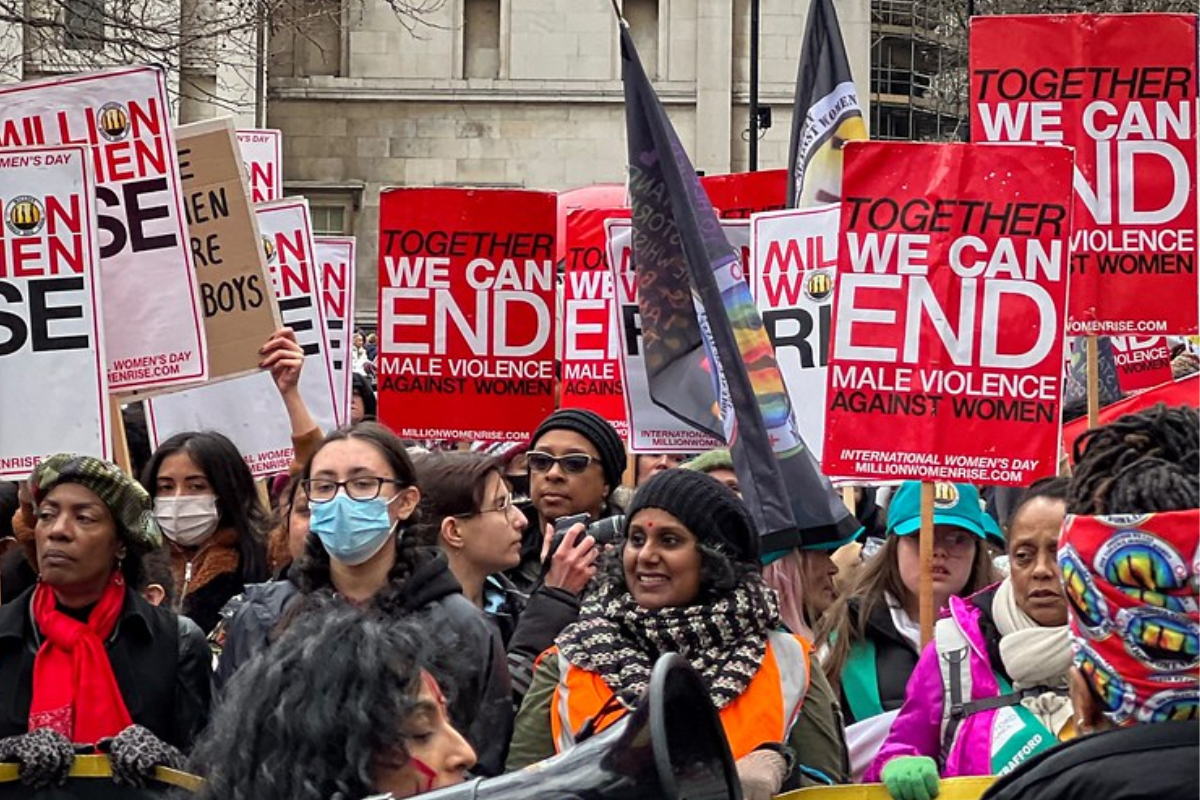A century on, Maxim Wright discusses the signficance of the 1918 Act that expanded the franchise to millions of women and men. But genuine democracy today remains restricted by capitalism.
A century ago, on 6th February 1918, the historic Representation of the People Act was passed. Importantly, the 1918 Act allowed 8.4 million women and 5.6 million men in Britain to vote for the very first time. As Marxists, it is important to examine the victories – and shortcomings – of one of the first steps towards universal suffrage.
The Act reflected pressure from different quarters. On the one hand, from millions of young soldiers, aged 18-21, who were fighting for a government they had no suffrage in. And also from the iconic efforts of the Suffragette movement, demanding votes for women.
The Suffragettes began as a middle class movement. But working class women convinced the wider labour movement to support the campaign for the right of women to vote. These activists stressed that the right to vote was a key weapon in the fight for women’s social emancipation. Selina Cooper, a leading suffragist and trade unionist, said:
“[Women] do not want their political power to enable them to boast that they are on equal terms with the men. They want to use it for the same purpose as men – to get better conditions. Every woman in England is longing for her political freedom to make the lot of the worker pleasanter and to bring about reforms which are wanted. We do not want it as a mere plaything.”
The wartime coalition passed the Act under huge pressure from below. Social movements were developing across the country, and the inspiration of the Russian Revolution was fresh in people’s minds.
Working class kept out
The Act introduced the right to vote for women over 30 and for men over 21. However, these rights came with certain restrictions that were almost entirely aimed at the working class.
In many ways, the Act was only a “fancy franchise” that reflected the class divisions within society. The Act only allowed women (over 30 years old) to vote if they were either:
- A property owner;
- A member (or married to a member) of the Local Government Register;
- Or a graduate voting in a university constituency.
Granting the right to vote to this layer of women was seen by some in the ruling class as a cynical way of increasing the Conservative vote. European was in the grip of a revolutionary mood. There was massive social discontent at home. Labour was set to emerge after the war as the second strongest political party in Britain, much to the concern of the ruling class.
Between 1919 and 1927, Labour introduced no less than four bills to give voting rights to women over the age of 21 (i.e. the same rights as men). These were all defeated or blocked by the Tories.
When the Tory government finally brought in its own legislation in 1927, 12 Tories voted against and 135 were “missing” from the lobby. The right to vote for all women was not achieved until 1928.
Democracy truncated
 These democratic reforms were a genuine step forward. But even to this day we have not achieved true democracy in any real sense. Instead, democracy is truncated by the massive inequality that exists. A handful of billionaires can dictate to governments, whilst millions remain distant and removed from politics, struggling just to survive.
These democratic reforms were a genuine step forward. But even to this day we have not achieved true democracy in any real sense. Instead, democracy is truncated by the massive inequality that exists. A handful of billionaires can dictate to governments, whilst millions remain distant and removed from politics, struggling just to survive.
In reality we have a democracy of the rich – of the establishment who control matters through the machinery of the state and media. We are allowed to choose (every few years) from a small spectrum of people to be elected as councilors, mayors and MP, providing the illusion that we are running society. But all the real decisions are made in the boardrooms of mighty corporations by unelected CEOs and directors.
Genuine democracy for the 99% can only be achieved with a socialist state, where the key levers of the economy are commonly owned under democratic workers’ control. This would allow us to run society democratically for need, rather than for a wealthy elite and their profits.
A century ago, women broke onto the scene of politics by fighting for the right to vote. Despite winning the vote, however, working class women today are enduring conditions just as exploitative as those suffered by women in the 19th century. Now we need to fight together – women and men – for control over our lives and the society we live in. This must be a fight for socialism.
In the words of “Little Miss Russia”, Sylvia Pankhurst, a prominent suffragette and communist:
“I wanted to rouse these women of the submerged masses to be, not merely the argument for more fortunate people, but to be fighters on their own account despising mere platitudes and catch cries, revolting against the hideous conditions about them, and demanding for themselves and their families a full share in the benefits of civilisation and progress.”






